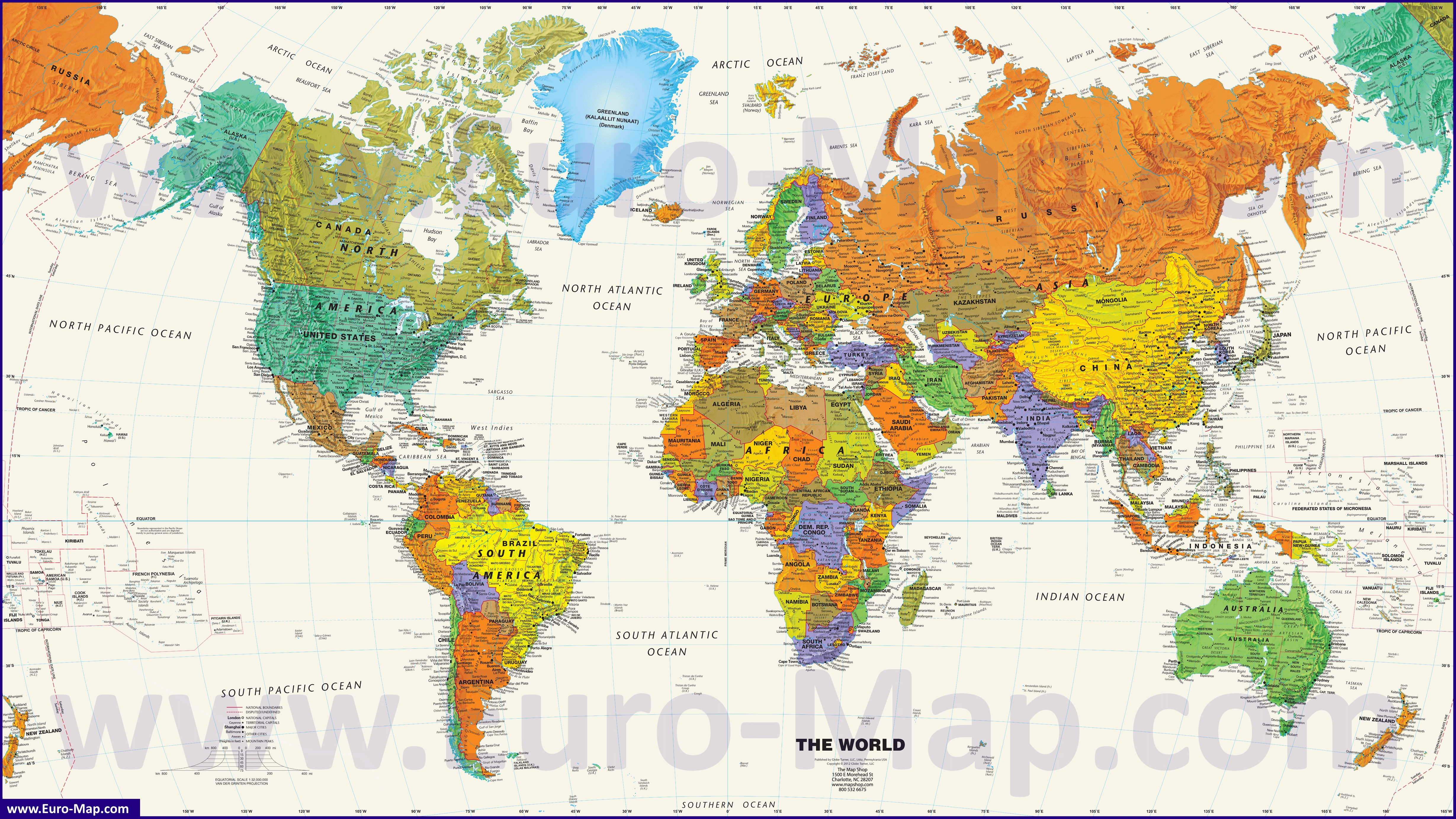Karta Mira Pdf
Adobe Photoshop Cs6 Extended Crack Keygen What’s New: With the many editing tools that Adobe Photoshop Cs6 extended Serial Number manufactured and made available to the public, every single software is known to the consumers depending on the usage. Get Photoshop as part of Adobe Creative Cloud for just US$20.99 /mo Choose a plan The creative world runs on Photoshop. Millions of designers, photographers, and artists around the world use Photoshop to make the impossible possible. Adobe photoshop cs6 serial number is the best tool to for all type of image edits.most of the professional artists, editors and photographers prefer Photoshop cs6 crack.Not only professional,adobe photoshop cs6 free download is the best tool for basic use for begineers.this is worth downloading. I wanted to know where iI can download the Photoshop extended app and use my key code. What you call a key code is what Adobe calls a serial number. It's 24 digits, no letters. (Don't type it here for anyone to steal). Download CS6: Download Adobe Creative Suite 6 applications Install then enter your serial number. Adobe photoshop cs6 extended serial number download.
DTIC's PDF and Excel spreadsheet versions of Congressional Budget reports are available shortly after postings on Thomas (Library of Congress) website. (special fares apply). Check before you travel. Earl's Court. No step-free access to the District line from late January until late June 2019.
Contents • • • • • • • • Predecessors [ ] Initially Russian could not glory in original work: the Atlas Marksa (1905), for example, was merely a translation of German Neuer Handatlas by Debes. The large Atlas Mira (1st Russian edition, 1954), with some 200,000 names meant a very special [ ] achievement. An English editions later followed ( The World Atlas, 2nd ed., 1967). A similar Soviet project Bolshoi Sovietskii Atlas Mira, which was intended to be the most comprehensive atlas of modern times, remained, however, incomplete due to WWII; only two out of three planned volumes (1937/39) were published. Editions [ ]. This section needs expansion.
You can help. ( August 2017) The third edition was made in 1999 by the Federal Service of Geodesy and Cartography of Russia. As a revised and updated world atlas since it first published in 1954, this atlas which combined maps and index into one volume is the only world atlas that guaranteeing that users will find the most current geographic information. That is the most authoritative atlas on the market only in both Russian and English.
Providing the finest global coverage available, this Atlas is not only the best-selling volume of its size and price, but also the benchmark by which all other atlases are measured. This atlas in third edition bringing each featured landscape to life with detailed terrain models and color schemes and offering maps of unsurpassed quality, this atlas features the main atlas, and an easy-to-reference index of all 240,000 place names.
All maps enjoy a full double-page spread, with continents broken down into 286 pages of carefully selected maps. See also [ ] • • External links [ ] • on David Rumsey Map Collection • Further reading [ ] • Novikova, T.G. The World Atlas.

Federal Service of Geodesy and Cartography of Russia.  Moscow, 1999. • Theodore Shabad,, Geographical Review, Vol. 2 (Apr., 1956), pp. 289–291. • Terence Armstrong,, The Geographical Journal, Vol. 1 (Mar., 1966), p. 157.
Moscow, 1999. • Theodore Shabad,, Geographical Review, Vol. 2 (Apr., 1956), pp. 289–291. • Terence Armstrong,, The Geographical Journal, Vol. 1 (Mar., 1966), p. 157.

Uplift and subsidence histories of continental margins are by now reasonably well understood in the context of plate tectonics, but the epeirogenic movements of continental interiors have been neither well documented nor properly understood. Epeirogenic movements are important to recognize when reconstructing paleogeography and may yield information regarding mantle dynamics and the amplitudes, wavelengths, and rates of lithospheric flexure. Sediments deposited at or near sea level can be used as a worldwide datum against which to measure postdepositional epeirogenic movements. The present elevations of shoreline sediments of epicontinental seas deposited during sea level highstands at particular times in the past define a warped surface documenting subsequent epeirogeny of continental interiors.
When the amplitude of sea level rise during transgression is small relative to the observed epeirogenic motions, the diachronous shoreline deposits represented in the entire transgressive surface can be used as a datum in the analysis, thus greatly augmenting the available data and areal coverage. If a “stable” frame of reference can be defined, a eustatic sea level correction can be applied to every continent.
The elevation of the upper Cenomanian (mid‐Cretaceous) shoreline gives little evidence of warping, tilting, or uplift in central cratonic North America but indicates that a large area of the western United States, including the Colorado Plateau, has undergone more than 2 km of post‐Cenomanian epeirogenic uplift.